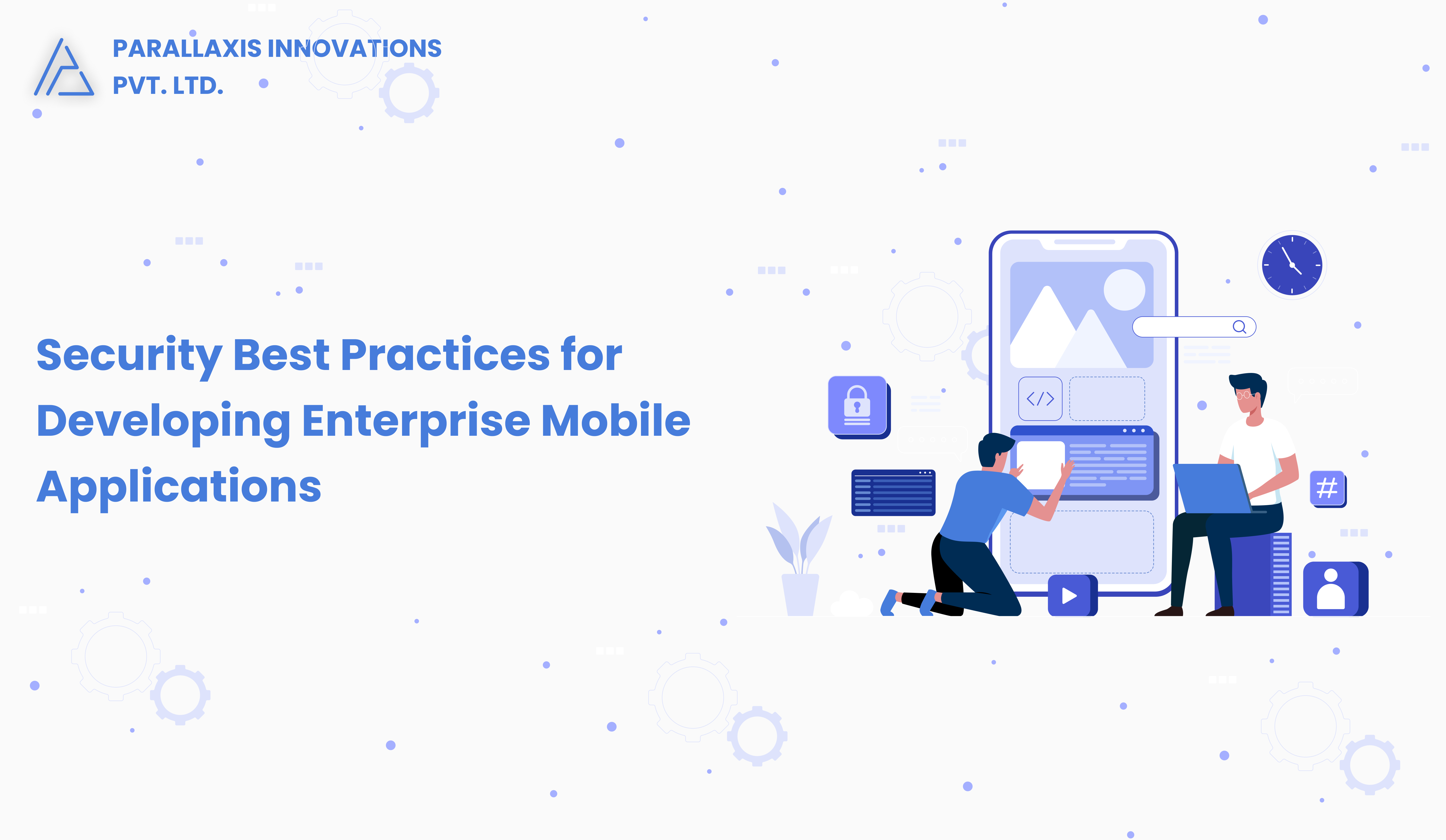In the age of remote work, cloud integration, and mobile-first strategies, enterprise mobile applications have become essential tools for productivity and customer engagement. But as their importance grows, so do the security risks.
Enterprise mobile apps are frequent targets for cyberattacks, putting sensitive corporate data, user privacy, and system integrity at risk. That’s why security must be baked into the development process from the ground up.
In this post, we outline essential security best practices for developing secure and resilient enterprise mobile applications.
Why Security in Enterprise Mobile Apps Is Non-Negotiable
Unlike consumer apps, enterprise mobile applications often
- Access sensitive corporate and client data
- Integrate with internal databases, APIs, and cloud services
- Operate in BYOD environments
- Serve as gateways to broader IT infrastructure
Any breach can result in:
- Data leaks and compliance violations
- Financial losses and legal liabilities
- Damaged reputation and user trust
Key Security Best Practices for Enterprise Mobile App Development
1. Implement Strong Authentication and Authorization
- Use multi-factor authentication (MFA) for secure logins
- Enforce role-based access control (RBAC) to limit data exposure
- Integrate with enterprise identity providers (e.g., Azure AD, Okta)
Use OAuth 2.0 and OpenID Connect for secure and standardised authorisation.
2. Secure Data Storage and Transmission
- Encrypt data at rest and in transit using AES-256 and TLS 1.2+
- Avoid storing sensitive information locally on the device
- Use secure containers or encrypted app sandboxes
Never store passwords or access tokens in plain text or shared preferences.
3. Follow Secure Coding Practices
- Validate all inputs to prevent injection attacks
- Avoid hardcoded secrets (API keys, credentials)
- Use secure libraries and keep them updated
- Conduct static code analysis to detect vulnerabilities
4. Use Mobile Device Management (MDM) or EMM Tools
- Integrate MDM/EMM to enforce compliance policies
- Enable remote wipe and device-level encryption
- Monitor app usage and device posture regularly
These tools help manage both company-owned and BYOD devices securely.
5. Enable Runtime Application Self-Protection (RASP)
- Monitor the app for suspicious behavior in real-time
- Automatically block or report threats like code tampering or debugging
- Use RASP SDKs to embed protection directly into your app
6. Secure APIs and Backend Services
- Authenticate API calls using tokens or API gateways
- Rate-limit and throttle API access to prevent abuse
- Perform penetration testing on backend endpoints
Ensure server-side logic validates all requests regardless of the app.
7. Minimize Permissions and Data Access
- Only request permissions that are absolutely necessary
- Use privacy-by-design principles to limit data exposure
- Inform users clearly about data usage and consent
8. Regularly Test and Audit for Vulnerabilities
- Conduct penetration testing and ethical hacking
- Schedule code reviews and vulnerability scans before every release
- Stay updated on threats through platforms like OWASP and CVE databases
9. Monitor and Respond to Incidents
- Integrate mobile app analytics and logging tools
- Set up alerts for abnormal behavior or unauthorized access attempts
- Have an incident response plan for mobile-specific threats
Real-World Example
A financial services company experienced a security breach due to hardcoded API keys in its mobile app. By shifting to secure token-based authentication, implementing code obfuscation, and encrypting sensitive data, they mitigated the risk and passed security audits with ease in the next release cycle.
Bonus: Tools to Strengthen Mobile App Security
Tool
Purpose
Firebase App Check
Prevent unauthorized access to backend services
OWASP Mobile Security Testing Guide (MSTG)
Industry-standard checklist for secure mobile development
ProGuard/R8/DexGuard
Code obfuscation and optimization for Android
ZAP or Burp Suite
Security testing for mobile APIs
Checkmarx/Veracode
Static code analysis and vulnerability scanning
Final Thoughts
Enterprise mobile app security is not a one-time task; it’s an ongoing commitment that spans design, development, deployment, and maintenance. By following these best practices, you can build apps that not only perform well but also protect your users, data, and business reputation.



